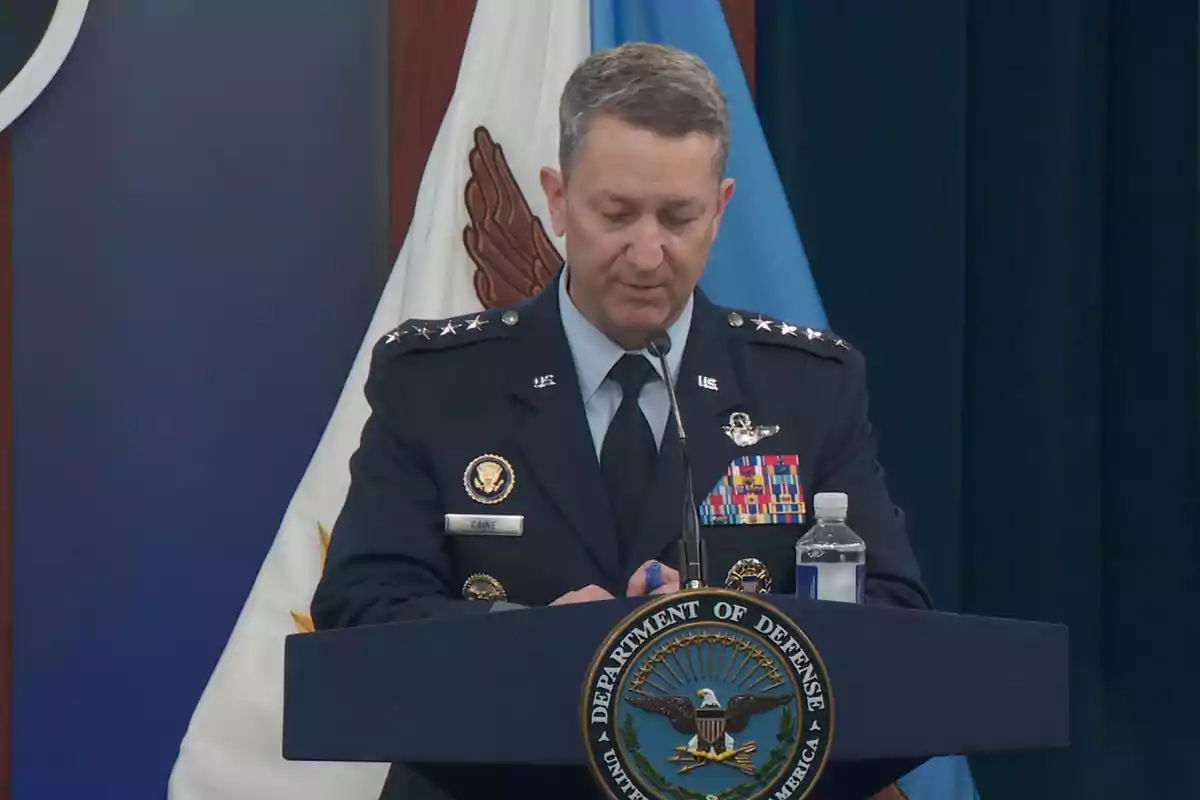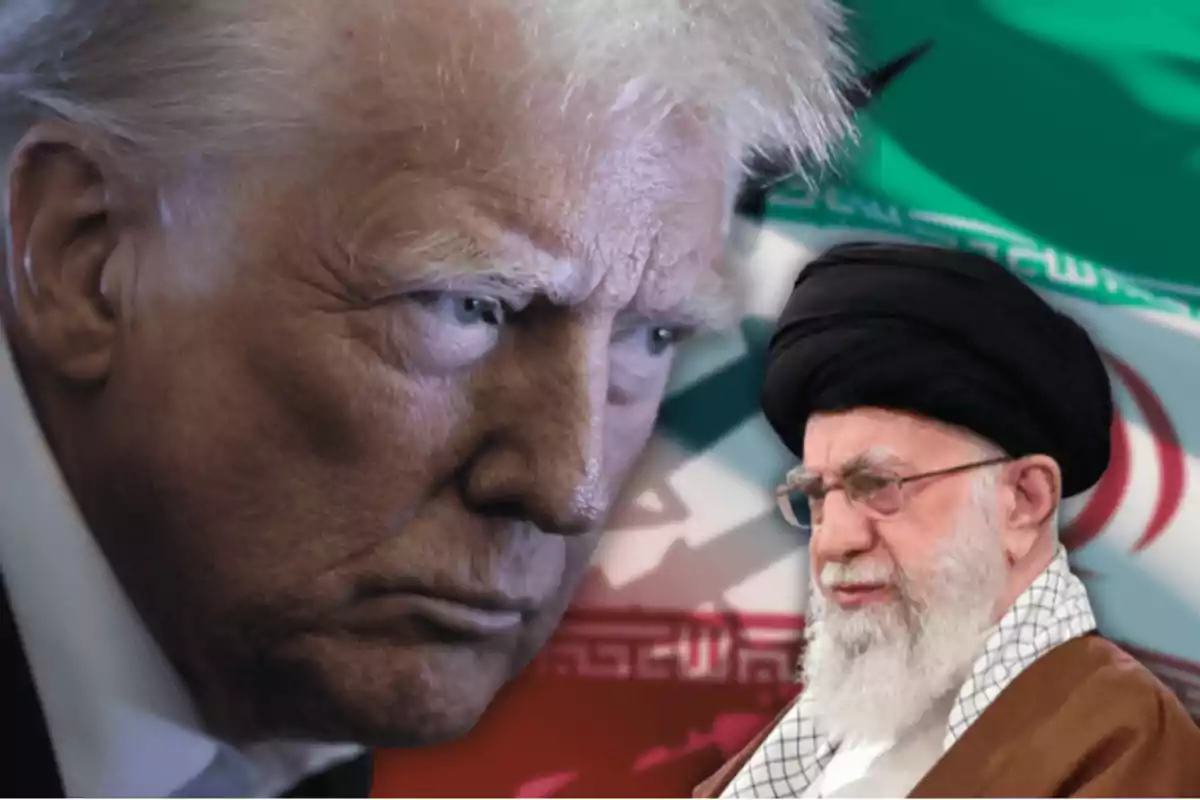
The Pentagon explained how Operation 'Midnight Hammer' was carried out against Iran.
This is the largest B-2 bomber attack in United States history
The Pentagon released on Sunday information about "Operation Midnight Hammer," a large-scale and complex mission that destroyed on Saturday three key nuclear facilities in Iran, which was described as "the largest B-2 bomber attack in United States history."
President Donald Trump announced on Saturday that the Armed Forces had attacked three facilities related to Iran's nuclear program in Fordow, Natanz, and Isfahan.
Meanwhile, General Dan Caine, Chairman of the Joint Chiefs of Staff, explained the sequence of events and the diversion strategies used to strike the Iranian nuclear facilities.

The timeline
According to Caine, the operation was launched at 12:01 a.m. on Saturday, when the B-2 bombers took off from Whiteman Air Force Base, located in Missouri.
Some of these aircraft headed west and entered the Pacific Ocean as part of a diversion maneuver. General Caine described this action as "a deception operation known only to an extremely small number of planners and key leaders."
The main attack force, consisting of seven B-2 Spirit bombers with two crew members on board each, headed east in complete stealth, maintaining minimal communication during the 18-hour flight to the target, according to General Caine.
During the journey, the aircraft conducted several aerial refueling operations. As they approached the operational area, they coordinated with escort aircraft and support units belonging to Central Command.

Caine described this coordination as "a complex and perfectly synchronized maneuver, requiring exact synchronization among multiple platforms in a narrow airspace, all carried out with minimal communications."
Around 5:00 p.m. Eastern Time (12:30 a.m. in Iran), a United States submarine launched more than twenty Tomahawk cruise missiles at Iranian strategic targets, just as the main attack force began to enter Iranian airspace.
General Caine explained that the support aircraft advanced ahead of the main group, flying at high altitude and speed, with the goal of neutralizing enemy fighters and air defense systems.
"So far, we have no reports of any shots fired at the U.S. formation en route to the targets," Caine told the press.
The attack
The Fordow nuclear facility was attacked around 6:40 p.m. Eastern Time, which corresponds to approximately 2:10 a.m. in Iranian territory.
The lead B-2 bomber in the formation dropped two GBU-57 Massive Ordnance Penetrator (MOP) bombs, commonly known as bunker busters, on the first of several designated targets in Fordow.
The other bombers also completed their respective missions, dropping a total of 14 MOP bombs on the Fordow and Natanz sites, according to General Caine.
Meanwhile, the Tomahawk missiles fired from U.S. submarines were the last to strike, hitting their targets in the Isfahan area.

The return of the bombers
After completing the attack, the aircraft withdrew from Iranian airspace to begin the return to Whiteman Air Force Base. According to General Caine, there were no reports of attack attempts or shots fired at the U.S. force during the exit from the area.
"Iranian fighters did not fly, and it appears that their surface-to-air missile systems did not detect us during the entire mission," Caine stated. "We managed to maintain the element of surprise," he said.
Operation Midnight Hammer mobilized more than 125 aircraft, including seven B-2 bombers, several fourth- and fifth-generation fighters, dozens of aerial refueling tankers, a submarine armed with guided missiles, and a wide variety of platforms dedicated to intelligence, surveillance, and reconnaissance tasks, Caine detailed.
U.S. forces used nearly 75 high-precision guided munitions during the offensive, including 14 GBU-57 bombs, each weighing 13,600 kilograms (29,983 pounds). According to General Caine, this operation represented the first combat use of this type of weaponry.
A historic operation
General Caine described the operation as "the largest B-2 bomber attack in United States history" and asserted that "no other military in the world could have done it."
"This mission demonstrates the unparalleled reach, coordination, and capability of the United States Armed Forces in just a few weeks," he declared.
Caine finally noted that this was the second longest mission ever carried out by B-2 bombers, surpassed only by the operations conducted in the days following the September 11 attacks.
More posts: